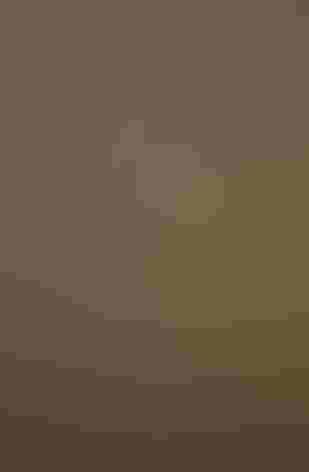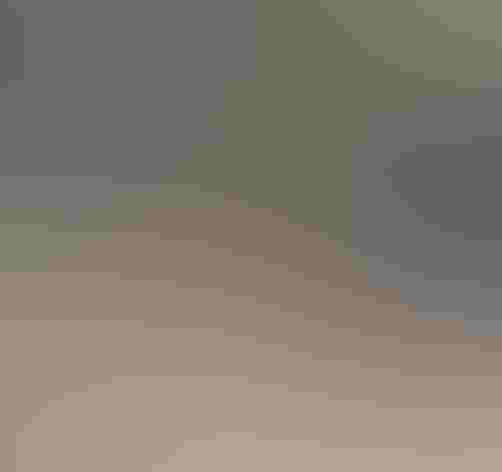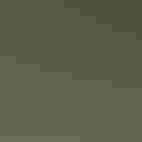Lawrence’s Goldfinch
At a Glance
Uncommon and somewhat mysterious is this little finch of the far West. It nests very locally in the foothills of California and Baja, often near streams in fairly dry country. Its winter range varies: in some years, flocks spread well eastward across the southwestern deserts, but the reasons for these 'invasions' are not well understood. The twittering song of the male Lawrence's Goldfinch often includes brief imitations of the voices of other birds.
All bird guide text and rangemaps adapted from Lives of North American Birds by Kenn Kaufman© 1996, used by permission of Houghton Mifflin Harcourt Publishing Company. All rights reserved.
Category
Finches, Perching Birds
IUCN Status
Least Concern
Habitat
Arroyos and Canyons, Desert and Arid Habitats, Forests and Woodlands, Shrublands, Savannas, and Thickets
Region
California, Southwest
Behavior
Flitter, Rapid Wingbeats, Undulating
Population
380.000
Range & Identification
Migration & Range Maps
Movements are poorly understood. Disappears from many breeding areas in winter. In some winters, large numbers spread eastward across Arizona; in other years, whereabouts of most birds unknown, perhaps in Baja.
Description
4-4 1/2" (10-11 cm). Unlike other goldfinches, this one shows bold yellow in the wings. Mostly pale gray or brown, with yellow on chest, white tail spots. Male has black face.
Size
About the size of a Sparrow
Color
Black, Brown, Gray, White, Yellow
Wing Shape
Rounded
Tail Shape
Notched, Square-tipped
Songs and Calls
Song a hurried jumble of melodious and scratchy notes, often incorporating both its own call notes and those of other species. Flight note, often revealing the bird's presence high overhead, is a high tinkle, the first note higher.
Call Pattern
Complex, Falling, Rising
Call Type
Chatter, Chirp/Chip, Trill, Whistle
Habitat
Oak-pine woods, chaparral. Breeds locally in a variety of habitats including streamside trees, oak woodland, open pine woods, pinyon-juniper woods, chaparral. Often found close to water in fairly dry country. In migration and winter, occurs in weedy fields, farmland, brushy areas, streamsides.
Sign up for Audubon's newsletter to learn more about birds like the Lawrence's Goldfinch
Behavior
Eggs
4-5, sometimes 3-6. Whitish to pale bluish-white, usually unmarked, sometimes with reddish spots. Incubation is by female only, probably about 12-13 days. Male feeds female during incubation.
Young
Both parents feed the nestlings. Young leave the nest about 11-13 days after hatching.
Feeding Behavior
Forages mostly in weeds, shrubs, and trees, often feeding quietly in a limited area, clambering about and occasionally hanging upside down to reach seeds. Sometimes feeds on the ground. Usually forages in flocks, even sometimes during nesting season.
Diet
Mostly seeds, some insects. Feeds mostly on the seeds of native weeds and other plants, such as fiddleneck, peppergrass, and chamise. Also eats plant galls, buds, and some insects. Will come to feed on salt.
Nesting
Does not seem to defend territory strongly; sometimes nests in loose colonies. In courtship, male follows female, perches near her and sings. Nest site is usually about 15-20' above the ground in a tree such as oak, cypress, sycamore, or pine, sometimes lower in shrubs or up to 40' above the ground. Nest is a small open cup made of grass, flower heads, plant down, feathers, animal hair. Female builds nest; male often accompanies her and may carry some material, but rarely provides any real help.
Conservation
Conservation Status
Uncommon and local, could be vulnerable to loss of habitat.
Climate Threats Facing the Lawrence's Goldfinch
Choose a temperature scenario below to see which threats will affect this species as warming increases. The same climate change-driven threats that put birds at risk will affect other wildlife and people, too.









